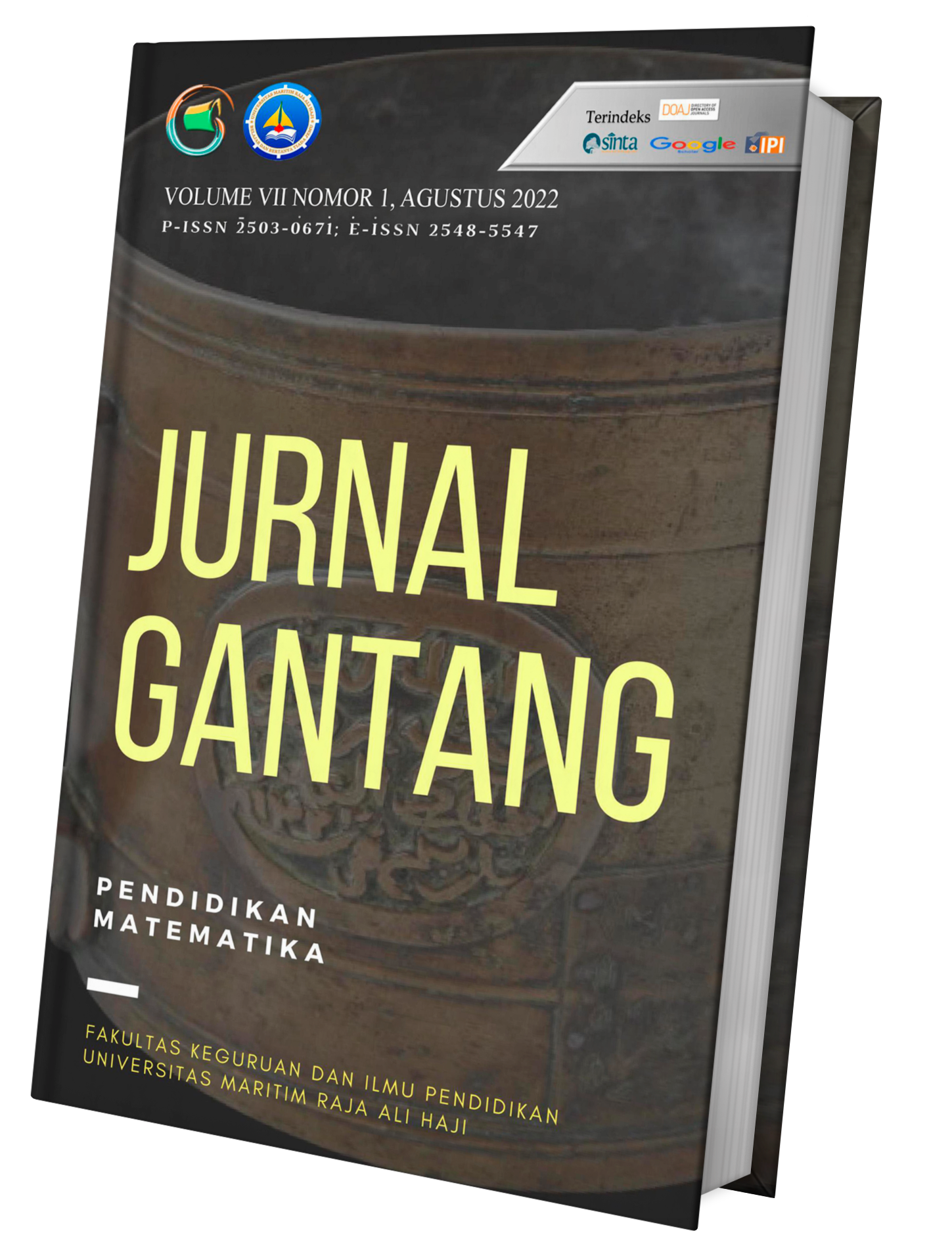Constraints of Blended Learning Implementation in Higher Education
DOI:
https://doi.org/10.31629/jg.v7i2.4660Keywords:
blended learning, problems, constraintsAbstract
Blended learning is a combination of synchronous and asynchronous learning. Implementing blended learning in mathematics learning has some problems, one of which is proving mathematics. This study aims to describe the obstacles to implementing blended learning in universities. The research was carried out at two universities in Indonesia located on the islands of Sumatra and Java. The subject of this research is the lecturer of the Mathematics Education Study Program at the two universities. The data collection technique used is an open questionnaire. The data were analyzed qualitatively and descriptively quantitatively. The study's results stated that lecturers faced many obstacles in implementing blended learning, mainly Internet, Time, Competence, and Student Personality.
Downloads
References
Alebaikan, R., & Troudi, S. (2010). Blended learning in Saudi universities: Challenges and perspectives. ALT-J: Research in Learning Technology, 18(1). https://doi.org/10.1080/09687761003657614
Astuti, P., & Febrian, F. (2019). blended learning syarah: bagaimana penerapan dan persepsi mahasiswa. Jurnal Gantang, 4(2). https://doi.org/10.31629/jg.v4i2.1560
Atsani, L. G. M. Z. (2020). Transformasi media pembelajaran pada masa pandemi covid-19 (transformation of learning media during covid-19 pandemic). Al-Hikmah: Jurnal Studi Islam, 1(1).
Chaeruman, U. (2018). Implementing blended learning in higher education: a case-based sharing experience. International Seminar of Educational Technology, March.
Gedik, N., Kiraz, E., & Ozden, M. Y. (2013). Design of a blended learning environment: Considerations and implementation issues. Australasian Journal of Educational Technology, 29(1). https://doi.org/10.14742/ajet.6
Heaney, C. and W. N. (2012). The challenges and opportunities of teaching sport and exercise psychology at a distance. Sport and Exercise Psychology Review, 8(2), 65–71.
Howard, L., Remenyi, Z., & Pap, G. (2006). Adaptive blended learning environments. International Conference On.
Isnayni, M. Y., & Hermansyah, W. (2020). Pengaruh pembelajaran sistem daring terhadap mahasiswa tadris biologi dalam memahami materi mata kuliah biokimia. ALVEOLI: Jurnal Pendidikan Biologi, 1(1). https://doi.org/10.35719/alveoli.v1i1.3
Kenney, J., & Newcombe, E. (2011). Adopting a blended learning approach: Challenges encountered and lessons learned in an action research study. Journal of Asynchronous Learning Network, 15(1). https://doi.org/10.24059/olj.v15i1.182
Levin, S., Whitsett, D., & Wood, G. (2013). Teaching MSW social work practice in a blended online learning environment. Journal of Teaching in Social Work, 33(4–5). https://doi.org/10.1080/08841233.2013.829168
Lotrecchiano, G. R., McDonald, P. L., Lyons, L., Long, T., & Zajicek-Farber, M. (2013). Blended learning: Strengths, challenges, and lessons learned in an interprofessional training program. Maternal and Child Health Journal, 17(9). https://doi.org/10.1007/s10995-012-1175-8
Maarop, A. H., & Embi, M. A. (2016). Implementation of blended learning in higher learning institutions: a review of literature. International Education Studies, 9(3). https://doi.org/10.5539/ies.v9n3p41
Nisrinafatin. (2020). Pengaruh game online terhadap motivasi belajar siswa. JEES (Journal of English Educators Society), 1(2).
Noviansyah, N. (2018). Pembelajaran bauran blended learning. JTKP, 9(2).
Nurmukhametov, N., Temirova, A., & Bekzhanova, T. (2015). The problems of development of distance education in kazakhstan. Procedia - Social and Behavioral Sciences, 182. https://doi.org/10.1016/j.sbspro.2015.04.729
Piskurich, G. M. (2015). Rapid Instructional Design. In Rapid Instructional Design. https://doi.org/10.1002/9781119207528
Qotrunnada, A., & Khasanah, N. (2021). Blended learning: solusi model pembelajaran dimasa pandemi covid-19. Indonesian Journal of Islamic Elementary Education, 1(1). https://doi.org/10.28918/ijiee.v1i1.3909
Ramos, F., Tajú, G., & Canuto, L. (2011). Promoting distance education in higher education in cape verde and mozambique. Distance Education, 32(2). https://doi.org/10.1080/01587919.2011.584845
Sari, S. S., & Rodliyah, I. (2020). Blended learning berbasis edmodo: proses pengembangan pada mata kuliah kalkulus dasar. Jurnal Gantang, 5(2). https://doi.org/10.31629/jg.v5i2.2415
Wardani, A., & Ayriza, Y. (2020). Analisis kendala orang tua dalam mendampingi anak belajar di rumah pada masa pandemi covid-19. Jurnal Obsesi : Jurnal Pendidikan Anak Usia Dini, 5(1). https://doi.org/10.31004/obsesi.v5i1.705


















